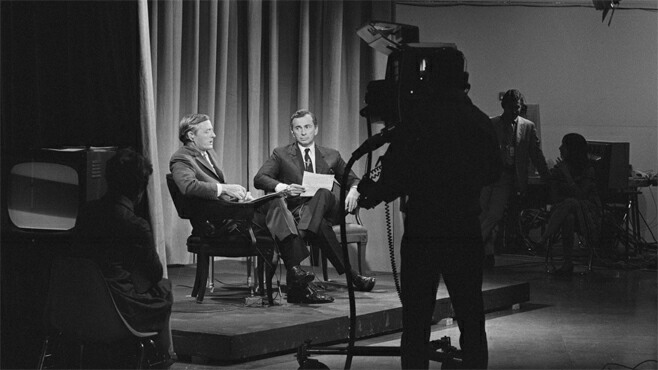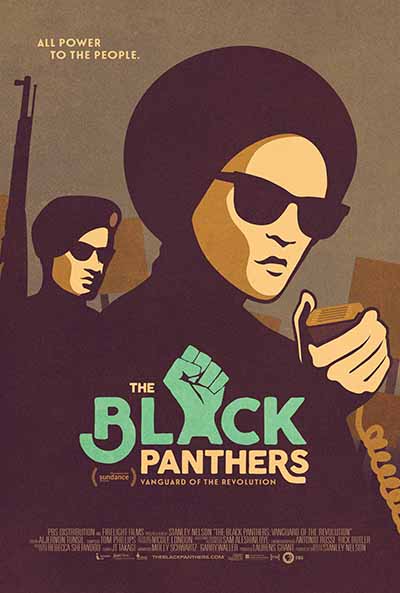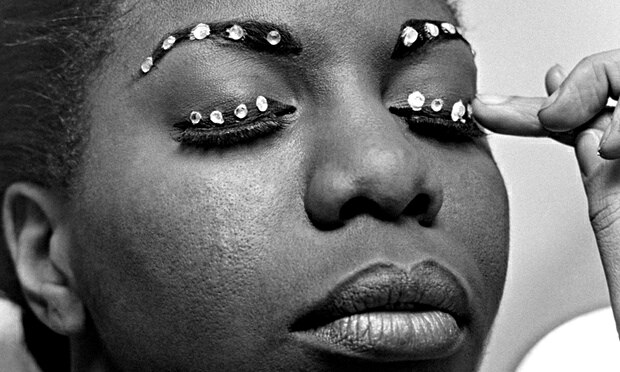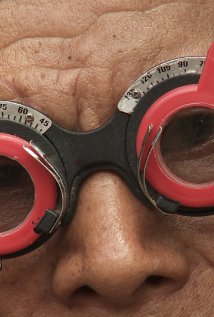 Amir here. I first fell in love with Joshua Oppenheimer’s The Look of Silence in September 2014, at TIFF. It was the last, and best, film I watched at that festival, and it left an emotional mark that I lived with for days. I caught up with the film again when it was released for the public and my conviction that this was one of the best documentary features of all time was reaffirmed – in my book, one of 2015’s holy trinity of films. So, you can understand my excitement when I finally had the chance to speak with director Joshua Oppenheimer, and Adi, the subject of his film.
Amir here. I first fell in love with Joshua Oppenheimer’s The Look of Silence in September 2014, at TIFF. It was the last, and best, film I watched at that festival, and it left an emotional mark that I lived with for days. I caught up with the film again when it was released for the public and my conviction that this was one of the best documentary features of all time was reaffirmed – in my book, one of 2015’s holy trinity of films. So, you can understand my excitement when I finally had the chance to speak with director Joshua Oppenheimer, and Adi, the subject of his film.
The Look of Silence, nominated for the Oscar for Best Documentary, a companion piece to the director’s earlier film The Act of Killing (also nominated in its year), is about the victims of the Indonesian genocide, who live side by side with the men who perpetrated those crimes against their loved ones. In his graceful and compassionate study of these people and their haunted spaces, Oppenheimer finds the language to bring invisible pains to the screen and push the limits of documentary form.
We talk about the relationship between his two films, his experiences in Indonesia, influences on his filmmaking, where documentary cinema stands today, and Adi’s life after the film’s release.
AMIR SOLTANI: I know you’re probably tired of comparisons between your two latest films, but I feel like there’s nowhere else to start but The Act of Killing. There’s a theatrical element to the first film that The Look of Silence, despite being polished, stylized and even often staged, doesn’t have. It’s more formally understated. What initiated your formal approach to the second film?
JOSHUA OPPENHEIMER: I think these two films are both rigorously about the present, or rather, the past’s role in the present. [More after the jump...]
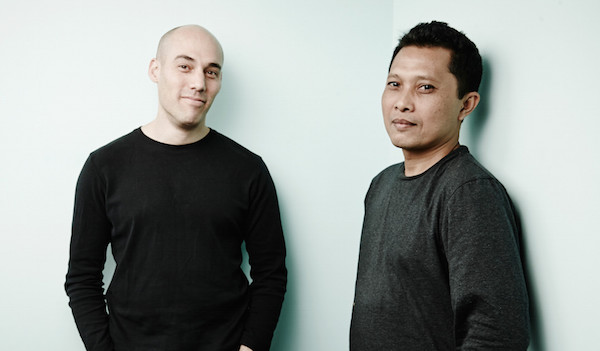
Click to read more ...
 Wednesday, September 18, 2024 at 6:30PM
Wednesday, September 18, 2024 at 6:30PM 







